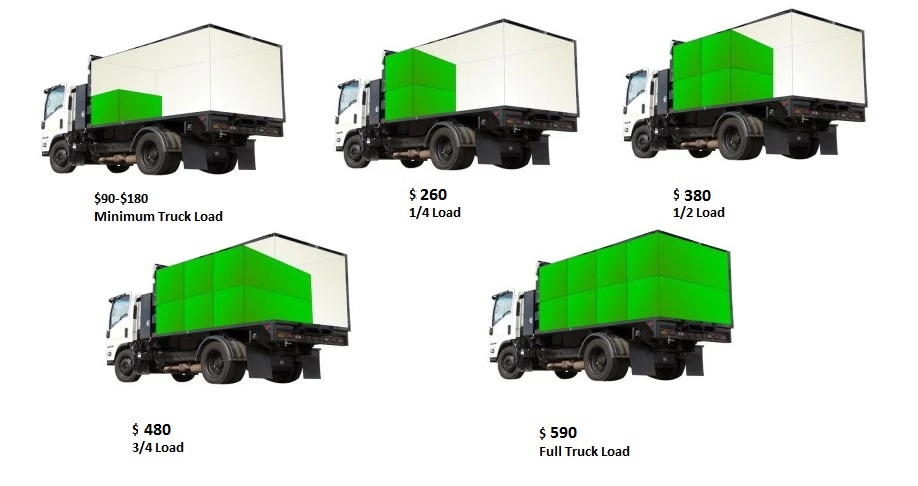The Ultimate Guide To Picking The Appropriate Dumpster Size For Your Task
The Ultimate Guide To Picking The Appropriate Dumpster Size For Your Task
Blog Article
Developed By-Swain Snider
When starting a project that needs a dumpster, the size you choose can substantially affect its effectiveness and cost-effectiveness. Imagine having the ideal container that accommodates all your waste without being exceedingly big or as well tiny. It all beginnings with comprehending the subtleties of your task and selecting a dumpster dimension that lines up with your particular needs. So, before you decide, take into consideration the factors at play to ensure a seamless waste monitoring procedure from beginning to end.
Factors to Consider
When choosing the best dumpster dimension, there are several crucial factors to take into consideration.
First, think about the kind of waste you'll be getting rid of. Different materials might call for differing quantities of area, so understanding what you'll be putting in the dumpster is critical.
Next off, analyze trash dumpster service of waste you expect to generate. If you take too lightly the quantity, you might require to make several trips to deal with every little thing, which can be inconvenient and costly. On the other hand, leasing a dumpster that's too huge can result in unneeded expenses.
Additionally, think about the space where the dumpster will certainly be positioned. Make sure there suffices room for the dumpster to be supplied and picked up with no obstructions.
Lastly, think about any kind of weight constraints that might use. Exceeding the weight limitation can result in additional costs or even the refusal of service.
Dumpster Size Options
For selecting the appropriate dumpster size, it's important to have a mutual understanding of the available alternatives. rent trash container from 10 to 40 cubic yards, with variations in between.
A 10-yard dumpster appropriates for small projects like a garage cleanout or a little remodelling. If you're dealing with a medium-sized project such as a kitchen remodel or a basement cleanout, a 20-yard dumpster might be the ideal choice.
For larger projects like a whole-house improvement or commercial building, a 30 or 40-yard dumpster could be preferable to accommodate the quantity of waste produced.
When picking a dumpster size, take into consideration the quantity and type of debris you anticipate to get rid of. It's far better to select a somewhat larger dimension if you're unclear to prevent overfilling. Keep in mind, it's even more affordable to rent a dumpster that fits your demands rather than having to get an added one.
Matching Size to Project
Optimally matching the dumpster size to your task is important for effective waste management. To establish the best size, think about the scope and nature of your task.
For little household cleanouts or remodellings, a 10-yard dumpster may be enough. https://dumpstertental54332.bloggip.com/31433186/what-is-the-actual-cost-of-leasing-a-dumpster are typically 12 feet long and can hold around 4 pickup truck tons of waste.
For bigger jobs like renovating multiple areas or removing a large estate, a 20-yard dumpster might be better. These are around 22 feet long and can hold approximately 8 pickup tons.
If you're tackling a significant building job or commercial restoration, a 30-yard dumpster could be the best fit. These dumpsters are about 22 feet long and can accommodate concerning 12 pickup truck tons of particles.
Matching the dumpster dimension to your project ensures you have adequate room for all waste products without paying too much for unused capability.
Final thought
To conclude, selecting the appropriate dumpster dimension for your job is vital for effective waste disposal. By thinking about aspects like the kind and amount of waste, room schedule, weight restrictions, and budget constraints, you can guarantee you have the ideal dimension dumpster for your demands. Make certain to match the size of the dumpster to the scope and nature of your job to prevent overspending on unnecessary costs.
